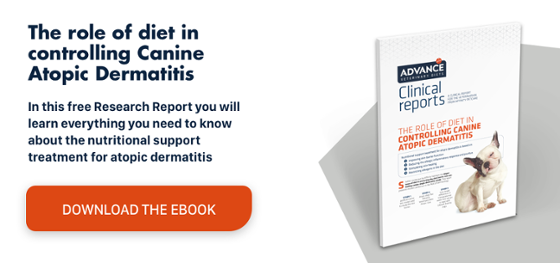Differentiating between the various types of pruritic dermatitis
Dr. Pedro Sancho, a veterinary specialist in dermatology, has designed an online course that Vets Affinity are offering free of charge on its e-learning platform: Pruritic Dermatitis in Dogs.
The course addresses the most frequently asked questions in daily clinical practice. What is the aetiology of pruritic dermatitis? How can the various types be differentiated? What tools can we use to select the best treatment?
We are sure that it is an interesting course. It starts with the real case of Otto, a French Bulldog. The case provides an opportunity to explain the diagnostic protocol and gradually develops the differential diagnosis and treatment options.
The course is very dynamic as participants are invited to carry out the diagnosis, follow-up and treatment of two different patients. Each decision brings you closer to the correct diagnosis and treatment. Participants can also test their knowledge in a final exam.
The course aims to:
- Explore the diagnosis of canine atopic dermatitis.
- Study the various diagnostic protocols.
- Review the clinical cases.
- Explain the most appropriate sales and prescription techniques.
- Establish possible treatments.
To achieve a successful diagnosis of dermatitis, we need to take into account three key points:
- Obtain a complete anamnesis: The animal’s age and breed are always important considerations. Ask about the dog’s diet and living environment.
Information about whether the pruritus appeared before, at the same time as or after the skin lesions is also very helpful. Also ask which treatments have already been tried and what the response was.
Other useful information includes whether there has been transmission to other animals or even humans within their environment (zoonosis).
- Clinical examination: this should cover the dog’s general condition, the type of lesions and their distribution as well as the presence of any ectoparasites.
- Complementary tests: skin scrapes, skin cytology and a trichogram should comprise a standard trio which must never be overlooked under any circumstances.
Other complementary tests that provide a lot of information are a fungal culture, blood tests, intradermal tests, in vitro serology, bacterial culture and finally a biopsy, if necessary.
We hope you find the course Pruritic Dermatosis in Dogs useful and can get the most out of the information it contains.


